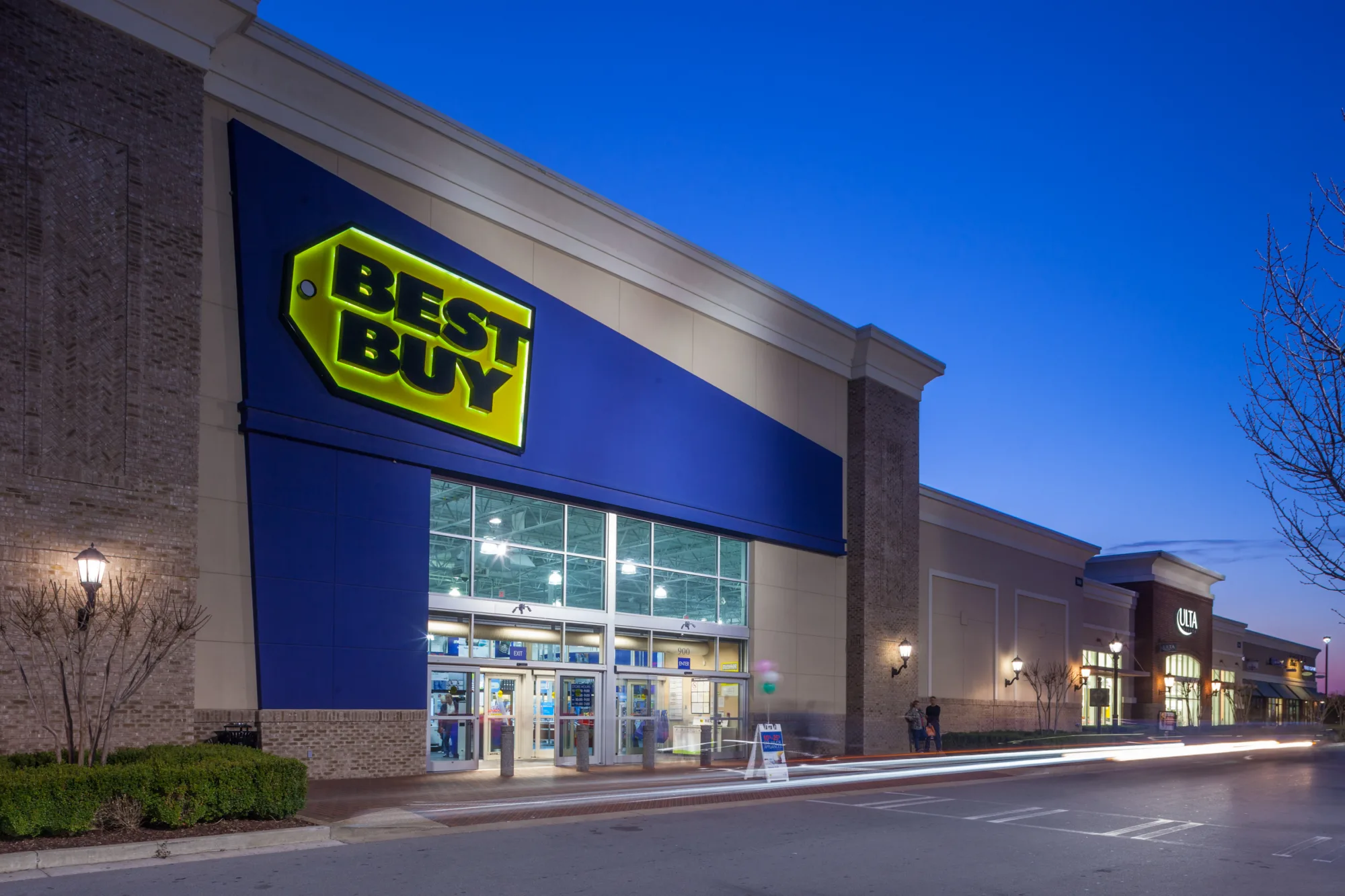



Authors: Kenton McKeehan, Mike Jordan, and Jeffrey Rosenberg




By: Kenton McKeehan and Mike Jordan
The global retail landscape in 2025 faces an unprecedented convergence of challenges, as economic uncertainty and shifting policy landscapes reshape both consumer behavior and business strategy. Two forces in particular — rising tariffs and falling consumer confidence — are set to play outsized roles over the next 12 months, impacting everything from pricing and supply chains to brand strategy and long-term growth planning.
Tariffs, long used as a tool of trade policy, are once again at the forefront of the global conversation. Driven by geopolitical tensions, economic nationalism, and supply chain concerns, new waves of tariffs are being imposed on a range of imported goods, from electronics and apparel to home furnishings and raw materials. For example, the United States’ average tariff rate on Chinese consumer goods, which stood at around 19.3% at the end of 2024, was recently raised to 145%, with some carve outs for consumer electronics that may only be temporary. These increases create immediate cost pressures on retailers, particularly in sectors heavily reliant on foreign-made inventory. Companies like Walmart, Target, Best Buy, and apparel chains such as Gap and H&M are particularly exposed, as their supply chains depend heavily on imports from tariff-affected regions like China, Vietnam, and Mexico.
For many retailers, passing these added costs directly onto the consumer is the only viable option. Unfortunately, this price inflation arrives at a moment when consumer confidence is already weakening. According to the University of Michigan’s Consumer Sentiment Index, consumer sentiment dropped from an average of 79.0 in mid-2024 to just 68.5 in March 2025 — a sharp decline that historically signals reduced consumer spending and heightened financial anxiety among U.S. households. When the index dips below 70, it typically correlates with slowing retail growth, especially in discretionary categories like apparel, electronics, and home décor.
The combination of tariffs and declining confidence creates a compounded effect on consumer spending habits. Shoppers prioritize essential items, become more reliant on discount channels, and demand clearer justification for every dollar spent. In 2024, discount retailers like Dollar General and Aldi posted year-over-year same-store sales growth of 6.4% and 5.7% respectively, outpacing mid-tier retailers whose growth either stalled or turned negative. This trend is expected to persist in 2025, as budget-conscious consumers increasingly “trade down” from mid-market or premium brands to value-driven alternatives.
Retailers are adapting to these twin pressures by diversifying their supply chains to limit exposure to tariff hikes. According to a McKinsey & Company survey, 67% of retail executives reported moving at least part of their sourcing away from China between 2022 and 2024, favoring alternatives like Vietnam, India, and Mexico. Companies like IKEA and Wayfair, heavily reliant on imported furniture and home goods, have accelerated efforts to develop regional supplier networks and reduce reliance on any single country of origin. Other retailers are exploring reshoring or nearshoring strategies, despite higher labor costs, in exchange for improved tariff resilience and shorter lead times.
At the same time, the pressure from lower consumer confidence is prompting retailers to rethink their inventory and promotional strategies. With consumers delaying or reducing discretionary spending, demand volatility is rising. Data from the U.S. Census Bureau shows retail inventory-to-sales ratios climbed from 1.33 in early 2024 to 1.42 by early 2025 — a sign that retailers are already struggling to fine-tune inventory levels against softer demand.
In the e-commerce sector, both tariffs and falling consumer confidence are reshaping the playing field. Platforms like Amazon, Alibaba, and Temu face tariff complications that make cross-border shipping more expensive, especially for low-cost goods. At the same time, global online sales growth slowed to 4.5% in 2024 from double-digit expansion in the previous five years, highlighting increasing consumer hesitancy even in the digital space. This should level the playing field for brick-and-mortar retailers that provide a strong value proposition.
In the long term, retailers that succeed in this environment will be those that remain flexible and proactive. Those that diversify their supply chains, balance value with quality, embrace predictive analytics, and communicate clearly with consumers will have the best chance of weathering the dual impact of tariffs and consumer caution. Meanwhile, businesses that fail to adapt risk being squeezed from both sides — by higher operational costs and increasingly price-sensitive, hesitant consumers.
The retail landscape over the next 12 months will demand agility, innovation, and empathy. Retailers will need to walk a tightrope between managing external cost pressures like tariffs and meeting the internal demands of a more cautious, value-driven consumer. Those that succeed will likely emerge from this period not only more resilient but also more attuned to the evolving expectations of the modern shopper. Fortunately, the power center format is structured to favor large scale value-oriented retail, positioning Big V Property Group’s portfolio as a safer real estate investment in uncertain times.